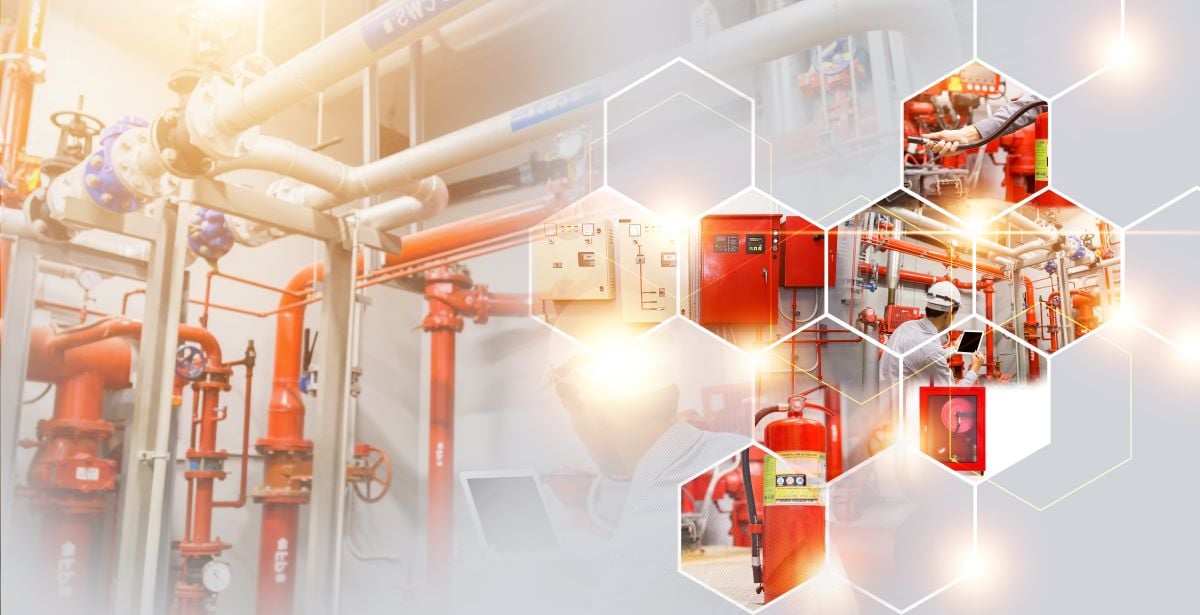
NFPA 1, Fire Code is a comprehensive set of regulations and guidelines for fire safety in buildings and other structures. The code is published by the National Fire Protection Association (NFPA) and is widely adopted by states and municipalities as the standard for building fire safety.
The code is organized into chapters that cover various aspects of fire safety, including:
- Building and Fire Protection Systems: This includes requirements for fire protection systems, such as sprinklers, fire alarms, and emergency lighting, as well as guidelines for building design and construction to minimize the risk of fire.
- Fire Department Access and Water Supply: This includes requirements for providing fire departments with access to buildings and sufficient water supply for fire suppression.
- Hazardous Materials: This includes guidelines for the storage, handling, and use of hazardous materials in buildings.
- Fire Safety in New and Existing Buildings: This includes requirements for new construction and existing buildings undergoing renovation or other changes.
- Fire Safety in Occupancies: This includes specific requirements for different types of occupancies, such as residential, commercial, industrial, and institutional buildings.
Contact Koorsen Fire & Security for NFPA 1 Code Compliance
If you have further questions about NFPA 1 or want to ensure that your business complies with local and state codes and regulations regarding fire safety, contact Koorsen Fire & Security today. We can help you navigate the codes and regulations and address any areas that you or your AHJ may have noted as deficient. We can also provide regular inspections and testing for all of your fire protection systems and equipment.
NFPA 1, Fire Code FAQs
Q: What types of buildings and structures does the NFPA 1, Fire Code apply to?
A: The code applies to all types of buildings and structures, including residential, commercial, industrial, and institutional buildings.
Q: What are the main requirements of the NFPA 1, Fire Code?
A: The code includes requirements for fire protection systems, such as sprinklers, fire alarms, and emergency lighting, as well as guidelines for building design and construction to minimize the risk of fire.
Q: Is the NFPA 1, Fire Code mandatory or voluntary?
A: The code is generally adopted by states and municipalities as a mandatory standard. However, compliance with the code is often enforced by local building departments and fire departments.
Q: Are there penalties for noncompliance with the NFPA 1, Fire Code?
A: Noncompliance with the code can result in fines, penalties, and even criminal charges in some cases.


